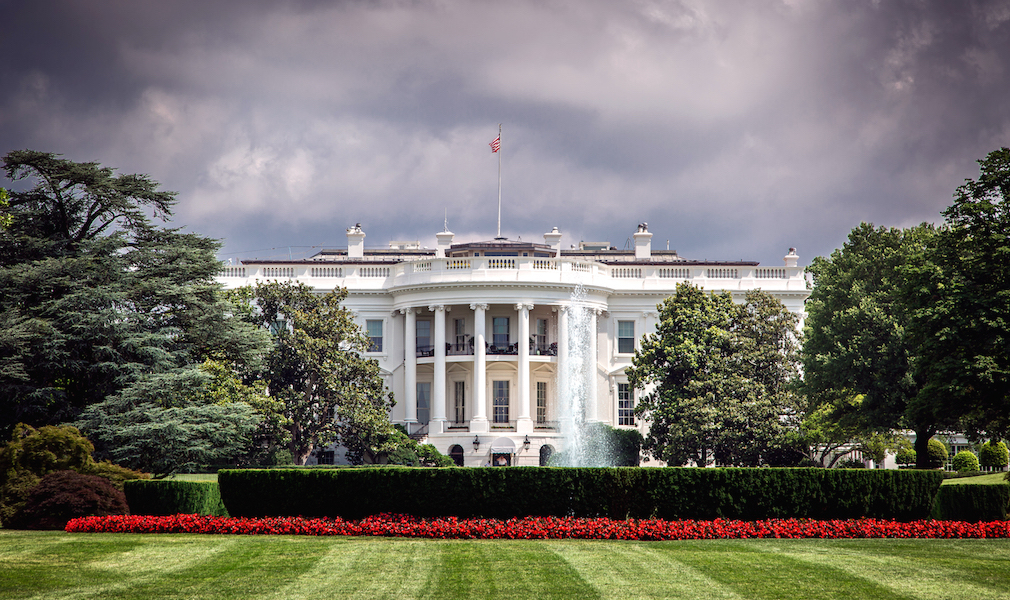Housing finance reform may be making its long-awaited comeback on Capitol Hill. In recent weeks, the Senate Banking Committee has held a series of hearings on the subject, three years after the committee‘s initial attempt at crafting legislation. The Trump Administration insists reform legislation is one of its top priorities.
The fact that Fannie Mae and Freddie Mac will each have zero capital come Jan. 1, 2018, should also help focus the minds of those on Capitol Hill.
With momentum for reform slowly building, lawmakers should consider three critical points:
First, the demographic make-up of America is rapidly changing, with important implications for the type of housing finance system our nation will require. While much of the focus of reform is directed at “single-family” homeownership, the demand for rental homes will be the dominant force in the housing market for the foreseeable future. According to Urban Institute projections, 62% of new housing demand will be rental during the decade of 2010 to 2019, while 56% will be rental during the 2020s. That’s a sharp reversal from past decades when demand for ownership housing far exceeded that of rental housing.
Demographic forces are driving this new “rental-centric” dynamic. The U.S. is becoming more racially and ethnically diverse. Millions of young Millennials who had doubled up with roommates or lived with parents are also now striking out on their own to form households, a trend that will strengthen over time. Unable to meet down payment and mortgage underwriting requirements, rental homes will be the only viable short-term housing option for many of these younger, more diverse households.
Compounding these two trends will be the aging of the 75 million Baby Boomers. Not surprisingly, some older homeowners will seek to downsize by moving into smaller, more manageable rental units.
The bottom line is that demand for rental housing, already strong as demonstrated by historically low vacancy rates, will intensify even more in the coming years. In response, the nation’s housing finance system must provide sufficient liquidity and resources to the rental sector of the housing market.
Second, a continued government presence is necessary to finance multifamily rental properties, particularly during economic downturns. A government guarantee that protects against “catastrophic risk” helps ensure a vibrant secondary market for multifamily securities that provides critical capital for new rental construction. Without this guarantee, many investors would flee the market and liquidity would dry up. Fannie and Freddie, along with the Federal Housing Administration, have also performed a vital ”countercyclical” function, providing much-needed liquidity during periods of market disruption like we experienced in 2008.
Notably, the multifamily businesses of Fannie and Freddie remained profitable during the single-family subprime crisis, and the multifamily loans they backed experienced relatively low default rates. Over the years, loans supported by the two institutions have helped finance tens of thousands of apartments for working and lower-income families. As they create a new system for multifamily finance, lawmakers must heed the injunction, “Do no harm.”
With more and more Americans renting single-family homes and units in smaller properties, any new system must also find ways to serve this segment of the market more effectively. These properties can benefit from greater access to long-term, fixed-rate financing.
Third, homeownership and renting are complementary elements of the same housing system. Making rental housing more affordable though “demand-side” subsidies and expanding affordable supply helps stabilize families who might otherwise struggle with paying the rent. For some of these families, this stability can provide the foundation for future homeownership.
When the Senate Banking Committee last considered reform legislation in 2014, both Democrats and Republicans on the committee supported imposing a modest fee on government-guaranteed mortgage-backed securities to finance the production and preservation of affordable rental homes. The proceeds generated from this fee would flow into HUD’s Housing Trust Fund and the Treasury Department’s Capital Magnet Fund as well as a new Market Access Fund. Expanding this fee to generate sufficient funds commensurate with the scope of the rental affordability challenge should be part of any future reform effort.
First established in 1992, the “affordable housing goals” requiring Fannie and Freddie to finance a certain percentage of mortgages to low- and moderate-income borrowers and underserved markets have been an important tool to expand access and affordability. But if reform legislation repeals the goals, as was the case in 2014, then new approaches will be necessary if the legislation is to advance in Congress. Thoughtful proposals like the one recently advanced by the Mortgage Bankers Association that suggest replacing the goals with a mix of “quantitative” outcomes and “qualitative” initiatives merit consideration.
It’s been nearly nine years since the federal government first placed Fannie and Freddie under conservatorship. Housing finance reform is long overdue. If Congress can get it right, it will be well worth the wait.





